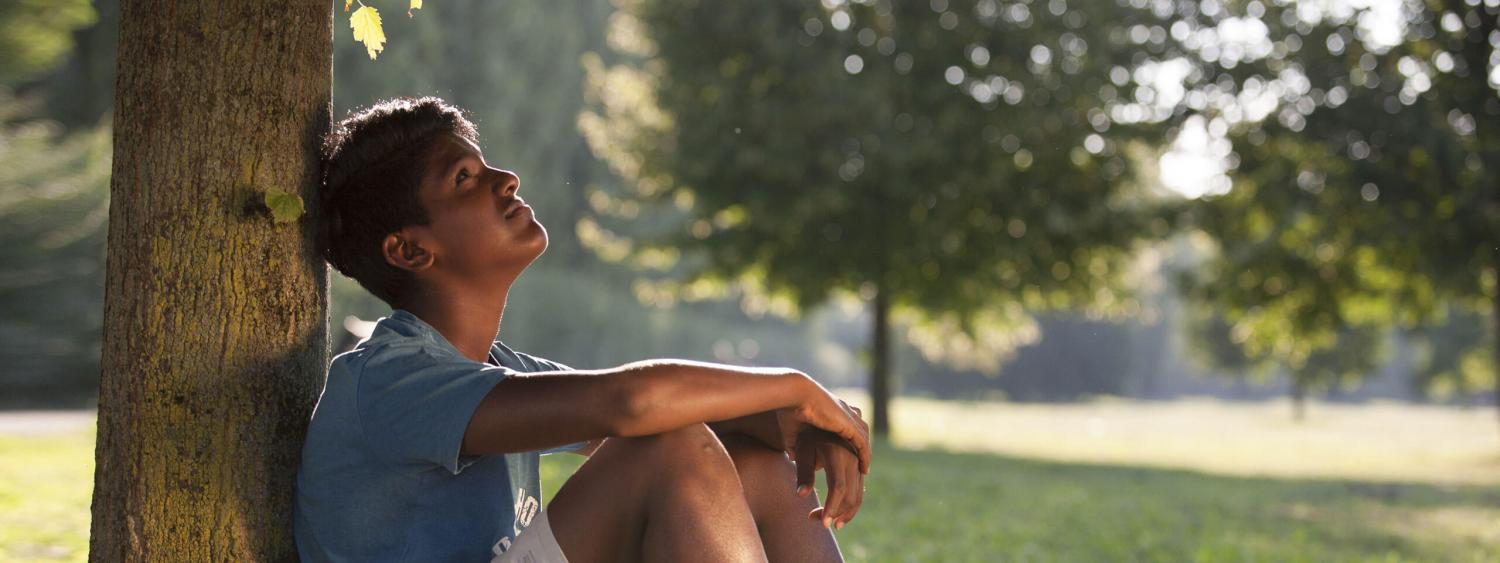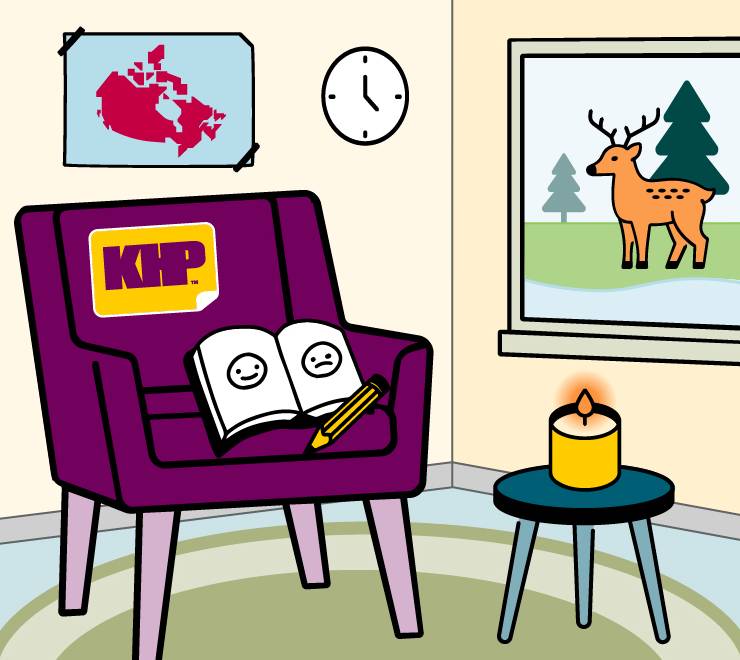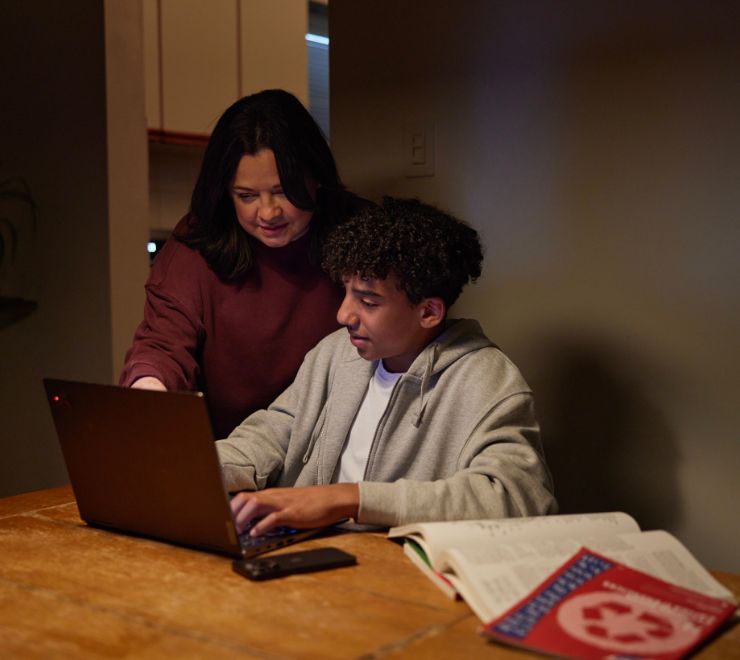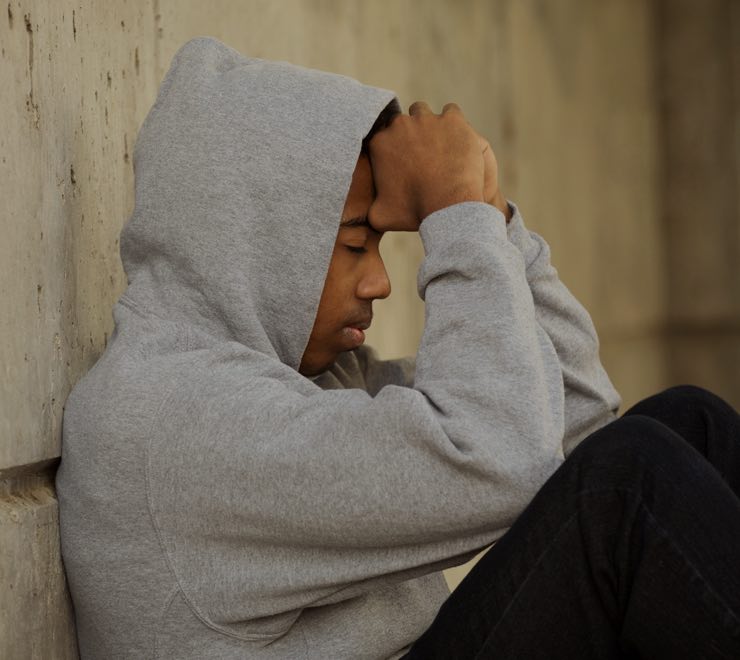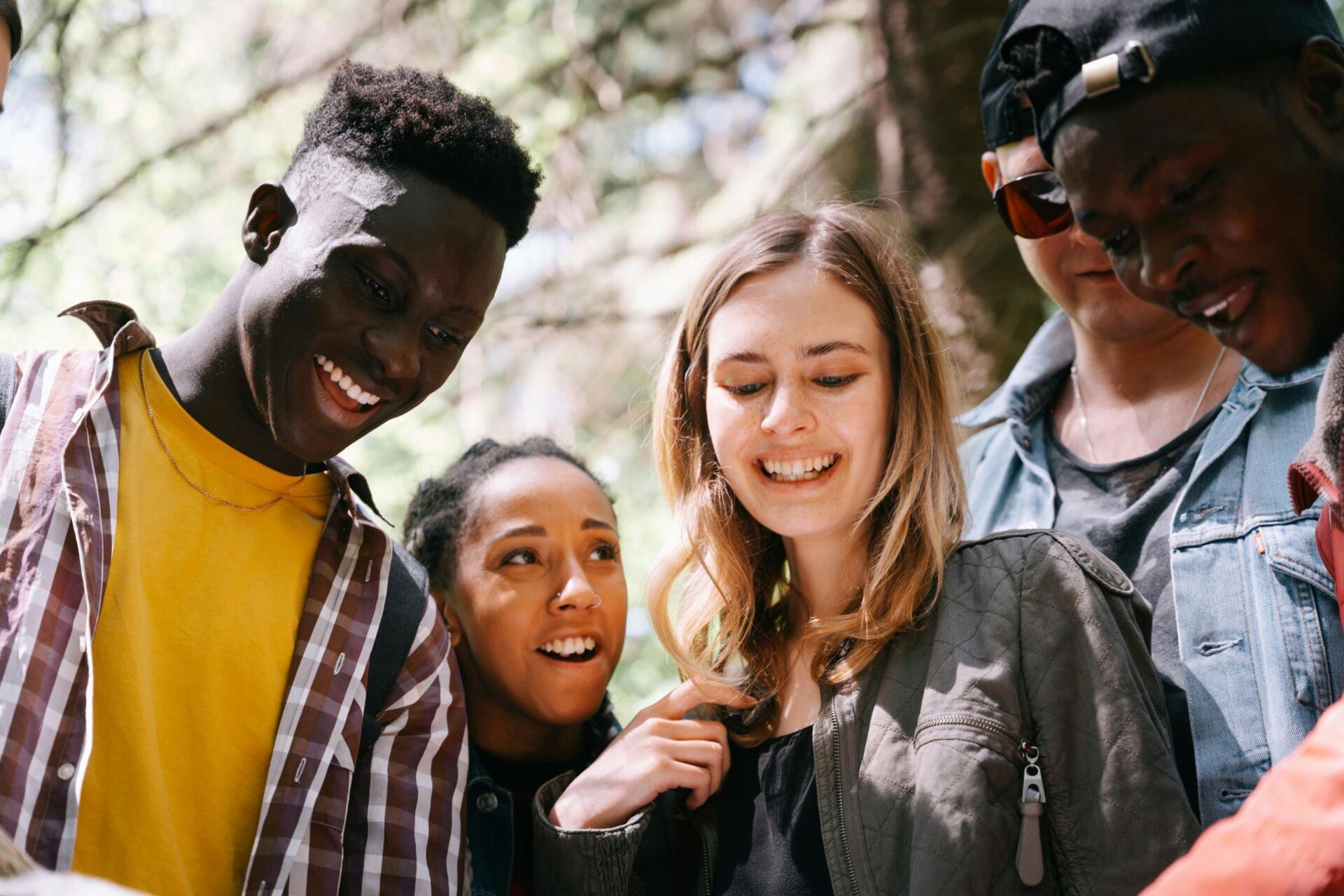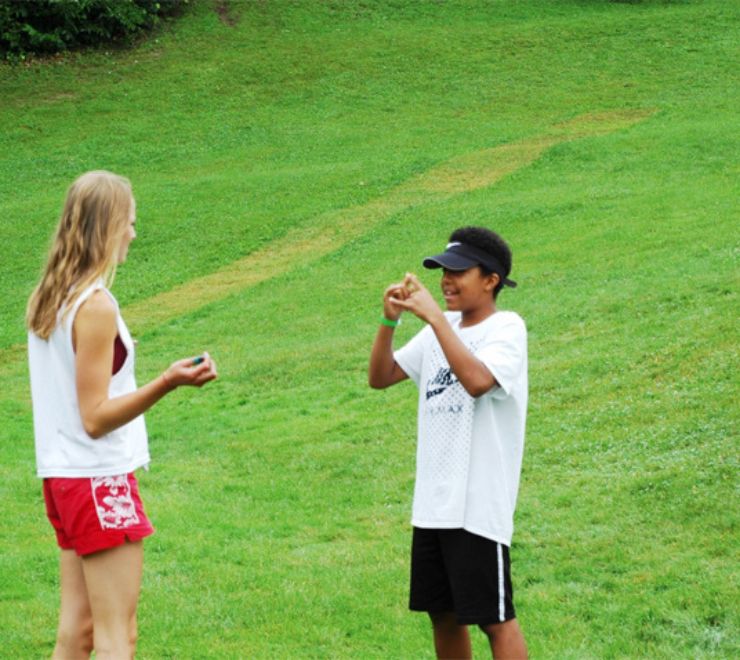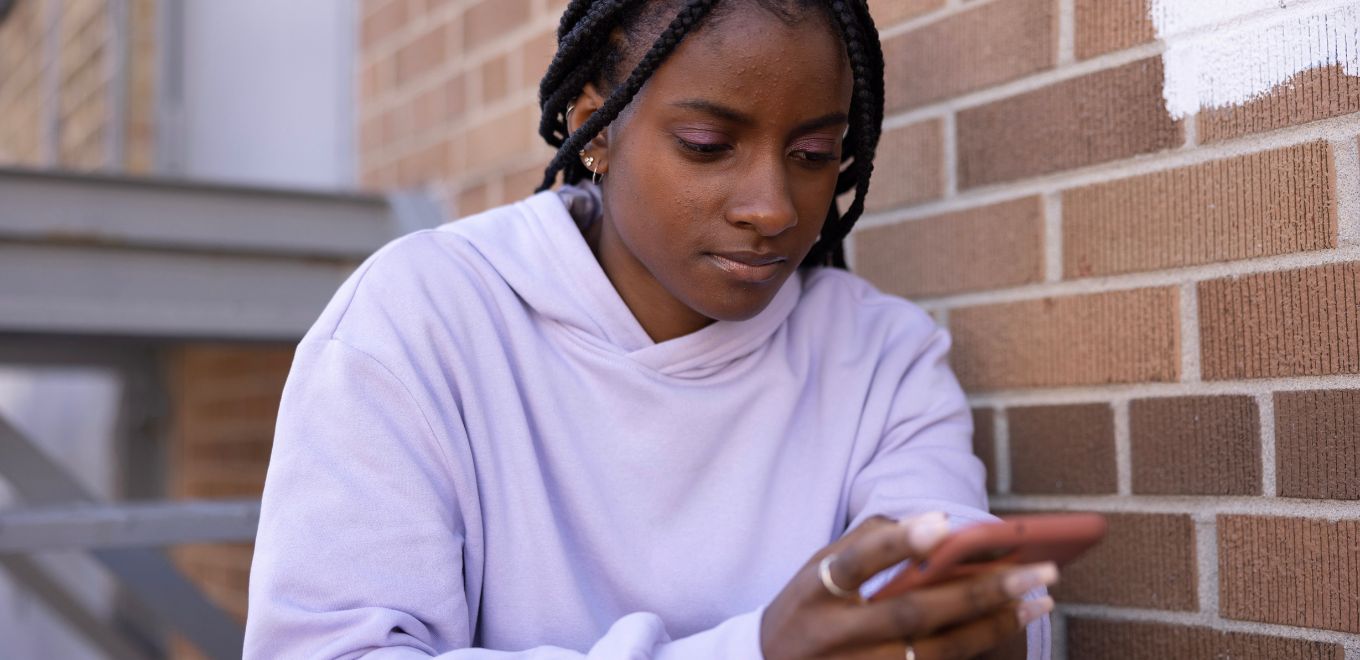Attending a funeral can help you grieve the death of a loved one. Here’s what you can expect during the service.
Losing a loved one is never easy. After the death of someone close to you, you’ll likely experience feelings of grief and loss. People deal with these feelings in different ways and may use healing rituals to cope with their grief.
One ritual people often turn to is a funeral. A funeral is a formal gathering of friends and family held to remember a person who has died. What occurs at the funeral depends on the cultural practices, religious beliefs and wishes of the person who has died and their family.
A funeral may include:
- a visitation or wake (set hours to view the body and visit the family)
- a celebration of life or memorial service (a more casual gathering to commemorate the person who has died)
- a burial (the casket/coffin is placed in an underground grave at a cemetery)
- a procession or parade (attendees drive or walk to where the body will be laid to rest)
- an entombment (the body is placed in an above-ground grave such as a tomb)
- another death ritual
The funeral usually happens soon after the death and may take place over one or several days.
Here are some things to expect and keep in mind about funerals:
- You may notice and/or feel a range of emotions: everyone experiences loss differently and may show their grief in diverse ways. They may cry, laugh, smile or stay silent or expressionless. You may also notice people showing emotions they don’t usually (e.g. you may see an adult in your life cry for the first time at a funeral). There is no right reaction to the death of a loved one. It’s important to express whatever you’re thinking and feeling, in a way that is comfortable for you.
- You may see the body of the person who has died: depending on the family’s beliefs, you may or may not see the body at the funeral. Sometimes, there is an open casket/coffin where you’re able to view and/or touch the body. The body may look different than you remember (they may be wearing makeup, have their eyes closed, have a blank expression, etc.). Other times, there will be a closed casket/coffin, a photograph/slideshow of the person who has died or no representation of the body at all. If the body was cremated (transformed into ashes), you may see an urn (a sealed container for the ashes). Before the funeral, you can ask someone involved in the proceedings (a friend, family member, etc.) what to expect to prepare yourself.
- There may be people offering their condolences: condolences are when people say things like, “I’m sorry for your loss” or other kind words to show their sympathy. It’s OK to say, “Thank you” or say nothing at all. Other people may try to shake your hand or give you a hug. You only need to do what you’re comfortable with.
- You may be able to participate in the funeral: some funerals include speeches, songs, poems, eulogies (a tribute to the person who has died) or other readings. It’s OK for you to ask to say a few words, just listen or to leave the room if you need to. You may be asked to be a pallbearer (a person who helps carry the casket/coffin), walk with certain people in and out of the service, greet other attendees, join in prayer, sit/stand in a specific place or contribute in another way. It’s OK to ask questions about your role in the funeral or to say “no” to anything you’re not comfortable doing.
- Some funerals are more extensive than others: some funerals are very formal with official proceedings, while others are more casual. Some funerals may have a lot of people from the community in attendance, while others only have close family members and friends. You may be interacting with people you know or meeting some individuals for the first time.
- Funerals take place at different times or in different places: depending on the type of funeral, the proceedings may take place at different times of the day. Based on the family’s beliefs, the service may happen at a place of worship, funeral home, mausoleum/tomb, burial site or somewhere else. The funeral may also include a reception or party afterward. If you’re unsure of where to go, what to do/say or what to wear, you can ask a friend or family member for more information.
- Some funerals contain more traditional/religious practices: people attending the funeral may be wearing traditional dress or clothing of the same colour. Religious ceremonies or other activities may also occur during the proceedings. You may see people (e.g. religious leaders) lighting candles, scattering ashes, saying prayers, giving blessings, offering flowers/gifts or doing other things.
- It’s OK to ask for support: before, during or after the funeral, it’s important to get help if you need it. You can talk to a friend, relative or other safe adult about what you’re going through. (There’s a chance they may be feeling the same way you are.) You may find it helpful to bring someone else (e.g. a friend who isn’t directly impacted by the death) to the funeral for support. You can always contact a Kids Help Phone counsellor (even in private during the funeral) at 1-800-668-6868.
A funeral is a healing ritual that may help you cope with grief and loss. It’s good to know what to expect at a funeral and remember that you only have to say and do what you’re comfortable with.
